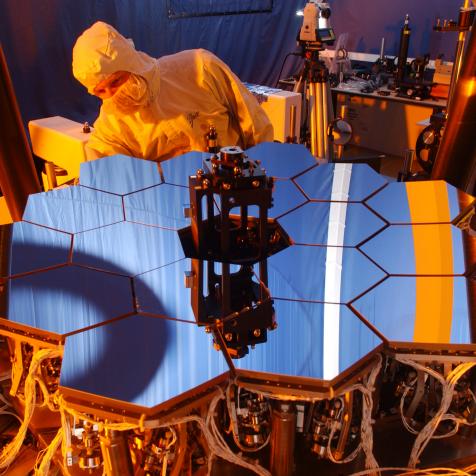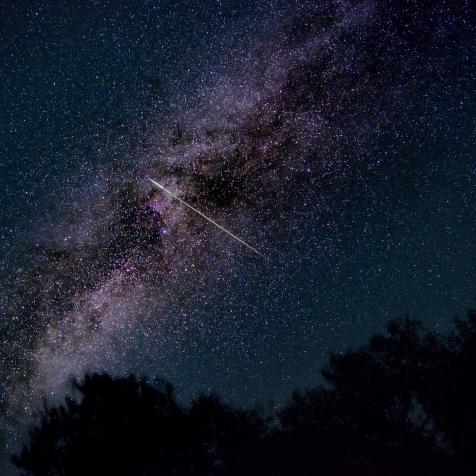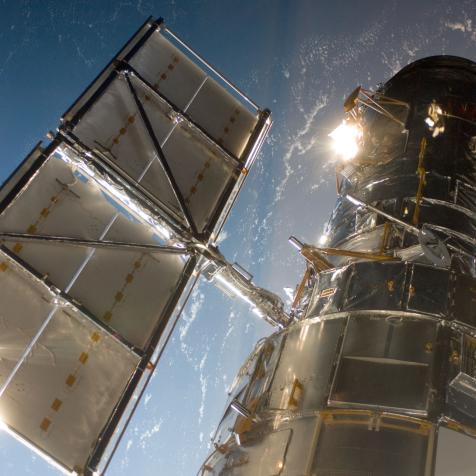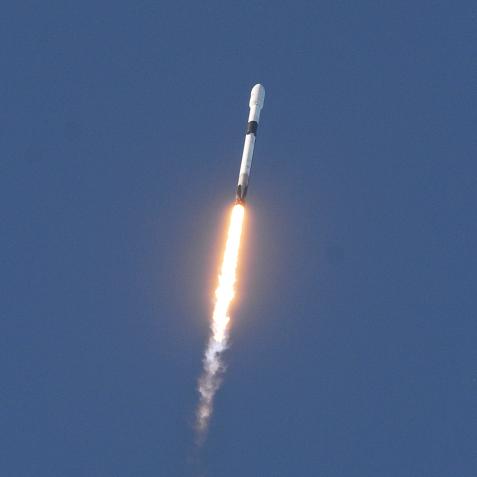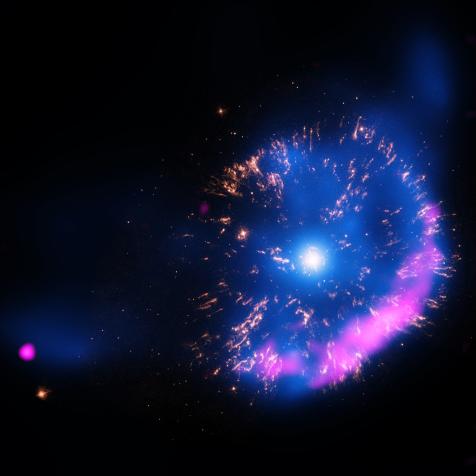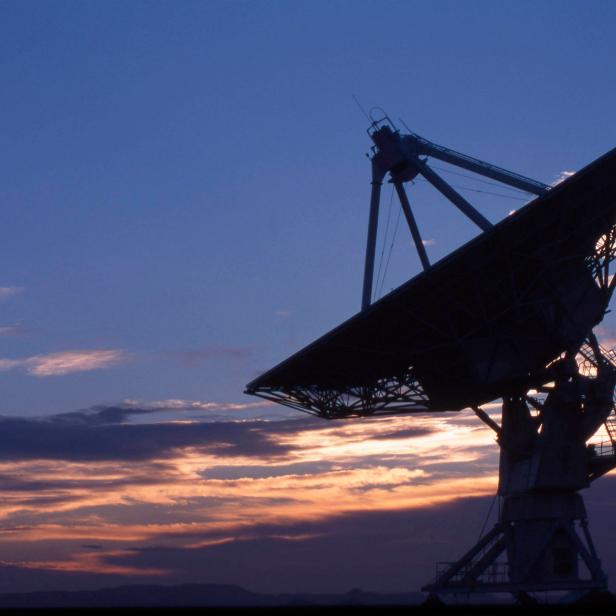
Construction Photography/Avalon
Top 5 Reasons Why the “UFO Report” Isn’t Interesting to me, a Scientist

Excited by the prospects of the “UFO Report”? As a scientist, I have my doubts.
But you can watch UFOS DECLASSIFED: LIVE on Discovery and Science June 30 at 8P where experts discuss what can and can't be explained.
#5: We’re All Alone, Man
We’ve spent 70 years searching the sky for signs of alien radio communication. We haven’t heard squat. Either nobody’s out there, or all the aliens are ghosting us. We’ve looked for life in all the planets of the solar system, and the thousands of planets known to orbit other stars. Also squat.
As far as we can tell, we are absolutely alone in the universe. I mean, sure, there may be life out there, but because we haven’t seen any yet, it means it must be pretty rare. So either we really do have the universe all to ourselves, or we might as well have the universe all to ourselves because it’s pretty empty out there.
#4: Space is Huge
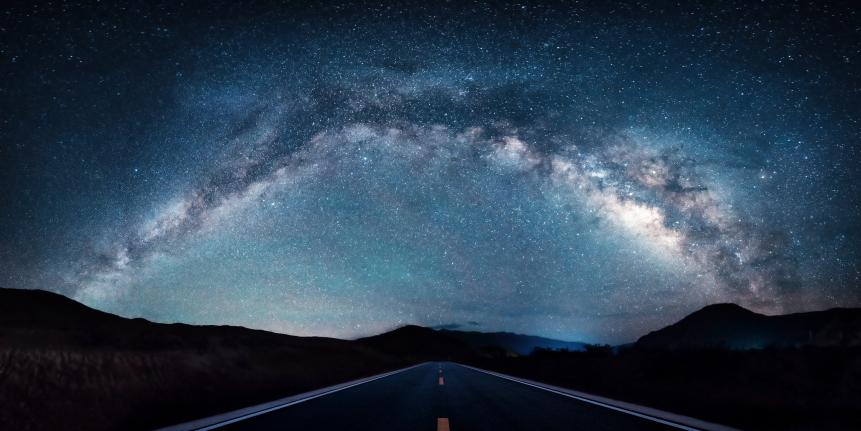
shunli zhao
Speaking of empty, do you know how big space is? Our nearest neighbor star is Proxima Centauri. It’s a little less than four light-years away. That doesn’t sound like much, but our fastest space probes would take tens of thousands of years to reach it-if they were even pointed in the right direction. Which they’re not.
Yes, it’s possible to conceive of faster spacecraft, but it all takes ridiculous amounts of energy. And don’t even get me started on faster-than-light travel. That’s a different rant.
#3: Earth is Boring

xia yuan
If aliens did exist and could cross the vast interstellar gulfs in a reasonable amount of time, why would they come here? We’re just a giant ball of silicon and oxygen and water. If you’re interested in mining, there are tons of asteroids just hanging around, not doing anything that are way easier to access.
I suppose aliens might be interested in our culture. But keep in mind, we’ve been broadcasting TV into space for over half a decade, so ask yourself if you would want to visit after seeing that.
#2: Sometimes the Military Hides Stuff

JOSHUA ROBERTS
1995: A group of protestors march in front of the General Accounting Office (GAO) to raise awarness about an examination being conducted by the GAO for documents about a weather balloon crash at Roswell, N.M. in 1947. The protestors believe the balloon was a crashed UFO.
I’m just putting this out there, that militaries around the world like to keep a bunch of stuff secret, even when they say they aren’t keeping secrets. So the UFO sightings might be drone technology from our own military or somebody else’s (or just a bunch of teenagers having fun).
#1: We Don’t Know

Buena Vista Images
They are called unidentified flying objects for a reason. We don’t know what they are. If you see something weird happening in the sky that you can’t name, congratulations — you’ve just spotted a UFO. You can say that they’re aliens, but that’s making a big jump: you’re claiming to identify them. Just because you don’t know what they are doesn’t give you permission to…know what they are. That’s not how evidence works.
Are there aliens out there in the universe? Probably. Have they visited the Earth? Probably not. Could the UFOs be aliens? Sure, they could be. But the bar for accepting evidence in science is pretty dang high, and a bunch of unexplained blurry lights isn’t going to cut it.














